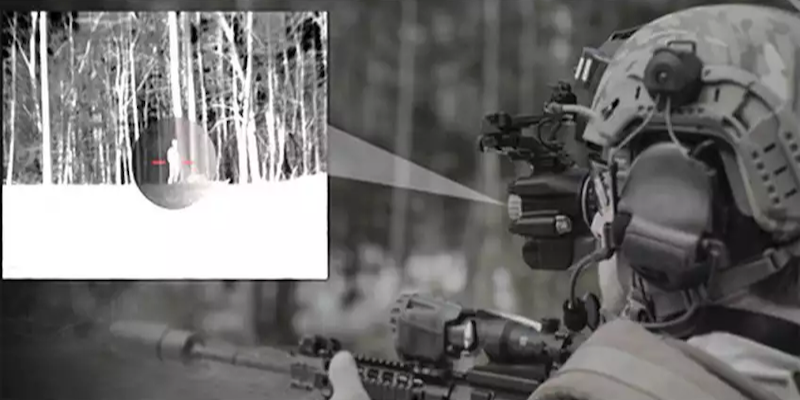- January 12, 2024
Every object we see around us radiates energy in the form of infrared radiation (IR). Camera-like devices (microbolometers) detect it with their thermal sensors and turn the energy information into a visual form. Infrared Thermal Imaging (TI) is one of the best imaging techniques that works regardless of the temperature, atmospheric, and light conditions. That is why it has gained popularity in a range of fields in such a short span.
Our article focuses on how infrared thermal imaging is used in different fields, including the military, medical, smart city, and security monitoring. Also, there’s detailed information on custom manufacturing of thermal imagers.
Military Application of Infrared Thermal Imaging Equipment
Thermal imaging technology was originally introduced for military applications i.e. for motion detection in aerospace and seeing in low-light conditions. Now, the technology has penetrated all military equipment, from individual soldier weapons to on-ground vehicles.
1. Thermal Sights
Thermal sights, one of the types of military thermal imagers, identify and capture infrared energy (heat) emitted by objects. This energy is transformed into an electronic image, illustrating the temperature distribution across the scene. They are also referred to as weapon sights when used on weaponry, such as rifles and machine guns.
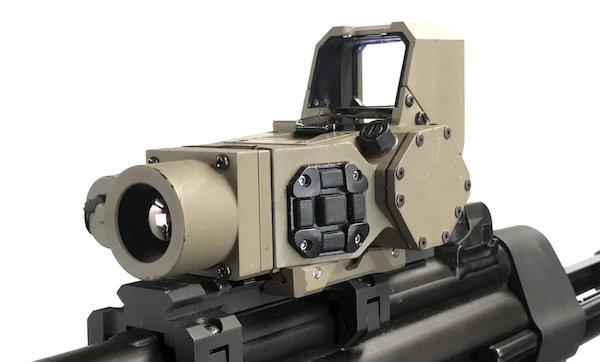
These thermal imagers contain a focal plane array (FPA) composed of specific IR-sensory materials. Vanadium Oxide (VOx) is the latest tech and is more common in military thermal imaging equipment due to its higher sensitivity and reliability. By using military thermal vision, soldiers are able to quickly hone in on and identify any dangers or threats.
Most military thermal imagers are cooled i.e. the sensory material requires cooling while operating. This cooled infrared thermal imager allows much more detail compared to the uncooled version and even senses the faintest temperature differences.
A high-resolution matrix is recommended for military thermal imaging applications. A common standard is 640×480 pixels, which provides a detailed image, crucial for identifying targets accurately at various distances.
Unlike civilian thermal sights, military-grade sights are designed with robustness and durability. They have rugged outer shells and are made with advanced materials that are lightweight yet capable of withstanding harsh battlefield conditions.
Common examples of military thermal vision sights include weapon-mounted sights for precision targeting in sniper rifles and assault rifles, handheld military grade monoculars and thermal imaging binoculars for reconnaissance missions, and vehicle-mounted systems that provide enhanced visibility for vehicle operators in low-visibility conditions.
2. Thermal Imaging Monoculars and Binoculars
The thermal imaging binoculars, the most common and universal type of military thermal imager, are designed for enhanced situational awareness and long-range reconnaissance. They bear high-resolution lenses which are covered with advanced coatings to minimize glare and maximize light transmission.
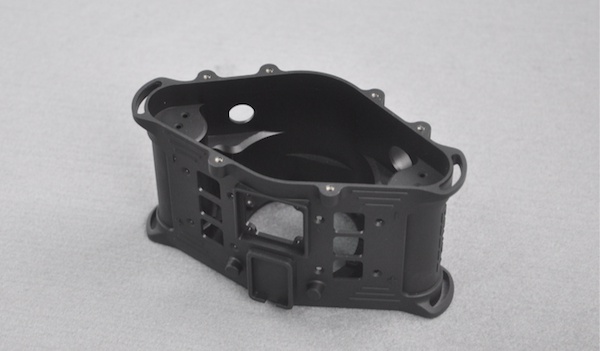
Along with the military thermal imaging technology, they feature advanced image stabilization, which gives soldiers a distinct and clear visual of their surroundings. Moreover, most of the cooled binoculars come with other integrated systems. For instance, GPS, magnetic, and inclinometer are common in these military thermal sights. Some thermal imaging binoculars are available as handheld devices but some versions, being a little heavier, feature a tripod.
Whereas, thermal imaging monoculars offer a more compact and lightweight option for soldiers who require agility and mobility. Despite their smaller size, these military grade monoculars do not compromise the quality of imaging.
Military grade monoculars often fall in the Medium Range Infrared Spectrum (MWIR); they can provide clear visuals over large distances in all sorts of weather conditions. They have a solid rugged assembly, which is made from reinforced polymers. All housing of thermal imaging monoculars is tightly bolted to withstand impact and any sort of environmental damage.
3. Thermal Imaging in Military Vehicles
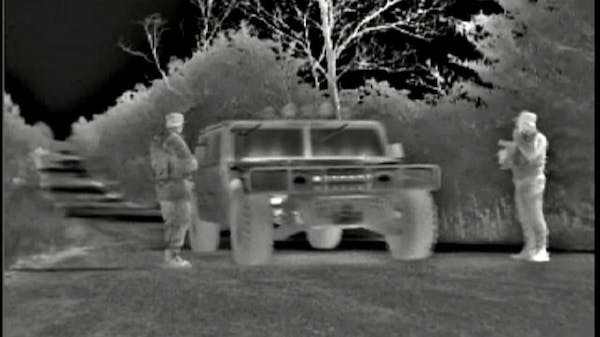
The use case of thermal imaging technology extends to on-ground armored vehicles such as tanks, where imaging and sensor systems are primarily used for target identification and navigation. For navigation, they have a compact system called Driver Vision Enhancer (DVE). The DVE system is composed of high-resolution thermal cameras that capture the heat signatures of objects and terrain. This allows soldiers to see beyond the capabilities of standard night vision devices.
Alongside the DVE, many military vehicles are equipped with Local Situational Awareness Systems (LSA). LSA systems are a combination of thermal imaging cameras and other sensors that work together to detect, identify, and track potential threats. They provide a 360-degree view of the armored vehicle, which lets the insiders get critical information about the immediate surroundings.
Infrared Thermal Imaging Technology for Smart City Construction
Extending beyond the military application, thermal imaging systems are also installed in most of the practical applications – from autonomous cars to fire trucks and drones.
1. Autopilot/ Driverless Vehicles
Currently, most driverless vehicles rely on a combination of vision cameras, LiDAR, and radar for navigation and obstacle detection. These sensors have limitations. LiDAR can map the car’s surroundings in incredible detail, but it becomes significantly less effective in rain or snow. Radar is more resilient in poor weather conditions but lacks the spatial resolution to confidently identify pedestrians and other fine details. Lastly, optical cameras need great lighting conditions to work.
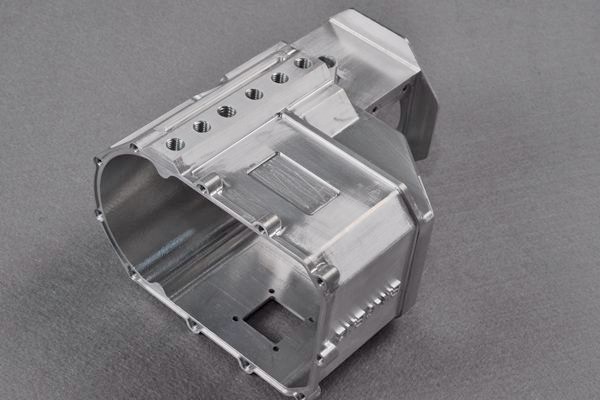
Thermal imaging cameras fill this gap. They are capable of sensing far-infrared wavelengths between 8 and 15 microns. Since humans emit a thermal signature, of around 9.25 microns, these images easily detect that. Moreover, imaging technology can detect vehicles based on their hotspot areas, like exhaust tailpipes.
2. Fire Trucks with Thermal Imaging Technology
Fire trucks that put on fires and rescue people during fire incidents, do have a proper thermal imaging setup. The camera module, constructed from fire-resistant materials, sits on top of the ladder or highest position on the truck. The specialized feature of truck thermal cameras is their pan-tilt-zoom (PTZ) functions.
The thermal cameras are operated wirelessly at a safe distance. Firefighters remotely adjust the camera’s focus and angle to get a comprehensive view of the scene. People stuck in the fire are visible through hotspots in the thermal visual, facilitating quicker and more efficient rescue operations.
3. Fire Monitoring
Before a fire initiates, that particular region starts to heat up. Normal surveillance cameras do not have the capability or the strength to withstand and work in such critical conditions. A thermal drone camera, patrolling over the region, picks up that hotspot region and sends it to the controller in real-time for quick and prompt actions. Moreover, the thermal drone can be paired with an alarm system which automates the fire response system.
4. Thermal Drone Imagery
In drones, a compact non-cooled thermal camera is placed on a gimbal which stabilizes the image as well as allows the lens rotation to 360’. When the drone takes flight, continuous data is sent to the controller. An inbuilt imaging and sensor system changes the thermal data in thermal imagery.
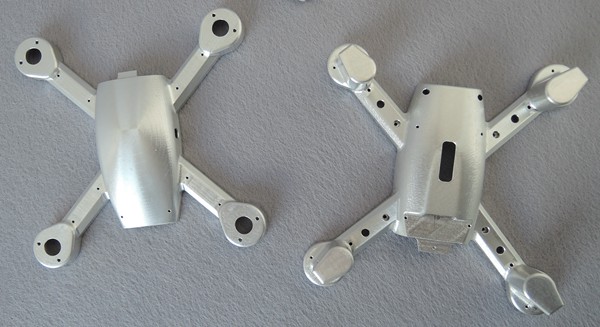
Besides, you get different colored modes. The warmer objects appear lighter while the colder areas are darker. This duo of drone and thermal imaging is quite handy for figuring out issues in hard-to-reach areas.
Search and Rescue Operations
Traditionally, helicopters were used for search and rescue operations. However, they can’t reach remote areas and cannot detect living presence in the dark. Thermal imaging cameras, even those mounted on drones can detect the heat signature of living things from a distance. Moreover, they work best with imaging technology, independent of the weather conditions. In Vietnam, the use of search and rescue people during monsoons and landslides is quite common.
Agricultural Monitoring and Crop Management
A thermal drone not only provides an aerial view but also a thermal image which can help farmers identify problems in crops. For instance, a thermally heated region could indicate disease and pest infestation in the crops.
Building Infrastructure Maintenance and Repairs
Undersurface electrical or water problems are quite hard to detect. However, these irregularities can be diagnosed through a thermal camera, which can sense the temperature variations even inches below the surface.
Drones take thermal imaging devices to hard-to-reach areas, making them handy for industrial use where safety is paramount. In Argentina, thermal drones are used for the inspection of oil refineries. The aerial view is captured without shutting down the plant or physically visiting the potentially dangerous equipment.
Wildlife Conservation and Environmental Monitoring
The thermal system can detect the heat signature of all including animals. The benefit of using a drone imager is monitoring the animals in their natural habitat without disturbing them, especially at night.
One specific example is Switzerland, where thermal drone technology is being used innovatively to protect baby deer during mowing season. Drones, equipped with thermal and visual cameras, can locate hidden fawns in tall grass, preventing them from being accidentally killed.
Infrared Thermal Imagers for Medical Imaging
Medical thermography, a technique employing thermal imagers, is quite common in pre-clinical diagnosis of various diseases. Since it’s a non-contact, non-invasive technology, it is effective to use across the organs and their systems.
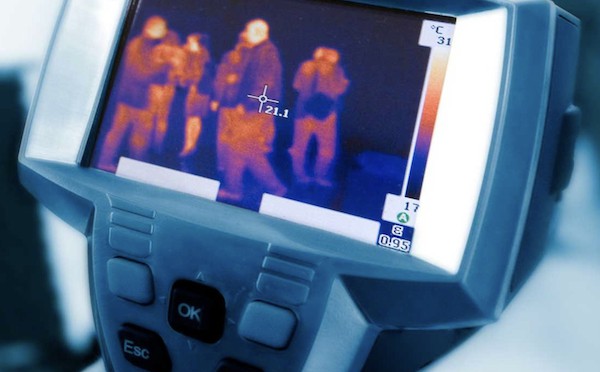
For instance, circulatory problems and inflammatory conditions can be diagnosed by abnormal thermal patterns. Whereas, cancerous tissues often have a higher temperature than surrounding tissues.
In medicine, the quality of imaging is the key. So, the medical imaging lens assemblies used here are different from other applications. They are made using precision glass molding of chalcogenide glass. Plus, they bear advanced anti-reflective (AR) coating to cover the full LWIR band.
Custom Manufacturing Processes for Thermal Imaging Devices
When machining mechanical components for thermal imaging cameras, such as lens and sensor housings, frames, and plastic parts, the primary processes involve CNC machining, molding techniques like die casting and injection molding, and sheet metal fabrication.
CNC Machining
5-axis CNC milling is mainly used to create complex geometries of thermal imager frames and housing components. The advanced maneuverability and multi-axis rotation provided by 5-axis machines allow for machining complex angles and undercuts that would be impossible with traditional 3-axis machines.
T-shaped drill bit can be used to machining the inner housing components of thermal cameras. This specialized drill bit allows for precision in creating internal features and enhances the precision of lens and sensor housings in thermal cameras.
Die Casting and Injection Molding
Die casting is a valuable process for manufacturing metal-based components of thermal sensors. It’s especially effective for creating parts that require high strength, precision, and durability, like a protective sheet for housing. The use of non-ferrous metals like aluminum, common in thermal sensor components, is well-suited for die casting. The resultant parts are strong and precise and have an excellent surface finish.
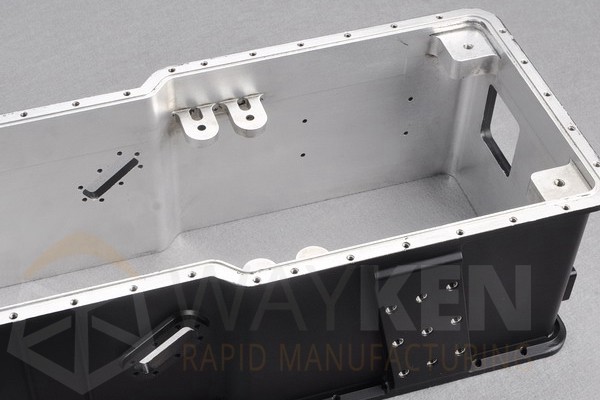
On the other hand, injection molding is predominantly used for the plastic components of thermal sensors. Its versatility allows for the use of a range of plastics and polymers, making it ideal for manufacturing lightweight but robust sensor housing components. Injection molding is generally more cost-effective and quicker for producing large quantities of plastic sensor parts than die casting.
Sheet Metal Fabrication
The housing and mechanical components of thermal imaging devices are designed for durability and protection. Sheet metal fabrication uses various techniques such as cutting, bending, and assembling to create durable, high-precision parts like frames, casings, and structural supports, which enhance the strength and ability to withstand the environment.
Start with WayKen for Your Machined Imaging and Sensor Devices
WayKen focused on custom machining services for thermal imaging devices. We use mill-turn machining to manufacture sensor components, employing advanced materials and manufacturing processes to achieve high standards of accuracy and reliability in thermal imaging devices.
Although thermal imaging device manufacturing continuously innovates in sensor parts design and customization, WayKen collaborates closely with clients to understand specific application needs, providing suitable imaging and sensor machining solutions. Feel free to contact us today to start your projects!
Conclusion
Infrared thermal imaging is undoubtedly a revolutionary technology. Initially, it was built as a military application. But now it has penetrated a range of applications, from autonomous cars to thermal drones. This expansion demands a need for customized design for each thermal imager.

